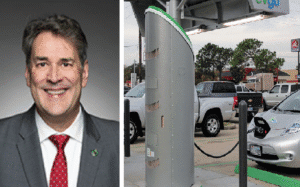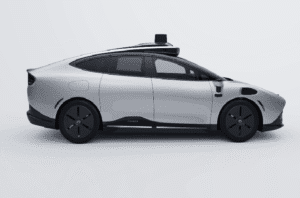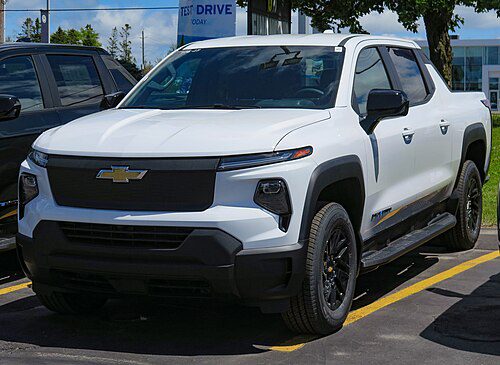Toronto, Ontario – In this week’s electric and autonomous vehicle report, cheaper electric plans for Ontario, restrictions on Tesla boom boxes and an American intel agency funding autonomous vehicle development.
Night Lights
On Feb. 9, the Ontario government announced its intent to implement an ultra-low overnight electricity rate, taking advantage of the excess electricity generated.
This builds off existing time-of-use and tiered electricity pricing for residential and small business consumers, and accounts for projections by the Independent Electricity System Operator crown corporation. According to the 2021 Annual Planning Outlook, energy for electric vehicles will face an annual growth rate of 22 percent by 2042.
“Introduction of a new price plan that would benefit shift workers and support EV adoption is our next step as we focus on helping electricity customers save money,” said Todd Smith, Ontario’s minister of energy.
Minister Smith’s letter requests the Ontario Energy Board to report potential designs for a time-of-use plan with ultra-low overnight rate by April 2022. The government will consider this report alongside stakeholder feedback received through public consultation on the Environmental Registry of Ontario.
Currently, the new price plan is expected to go public by April 2023.
Tesla
The NHTSA has asked Tesla to disable the Boombox feature, believing the vehicle’s external speakers were a safety risk.
Intended as a pedestrian warning system, the Boombox feature can sound off a variety of sounds from the Nokia ringtone to an alarm clock.
Previously in January 2022, Tesla disabled Boombox functionality in drive, neutral and reverse modes with a software update.
While the boombox can be used to warn nearby pedestrians, its use while in motion may be non-compliant with NHTSA regulations.
Light Speed
Lightmatter, a computer company have partnered with Harvard University and Boston University to develop high speed computer chips to power the next generation of artificial intelligence systems on self driving vehicles.
This project has received a 4.8 million USD funding grant from the Intelligence Advanced Research Projects Activity (IARPA) – an organization whose mission is to “delivers innovative technology for future overwhelming intelligence advantage.”
Lightmatter’s photonic chips use light waves rather than electricity to transfer signals, almost like a microscopic fiber optic cable. This greatly increases processing speeds, one of the limitations on current self-driving systems.
According to IARPA, this technology may have future applications in autonomous Unmanned Autonomous Vehicle navigation systems. It is currently unclear whether these drones will eventually rise against their human masters.




















